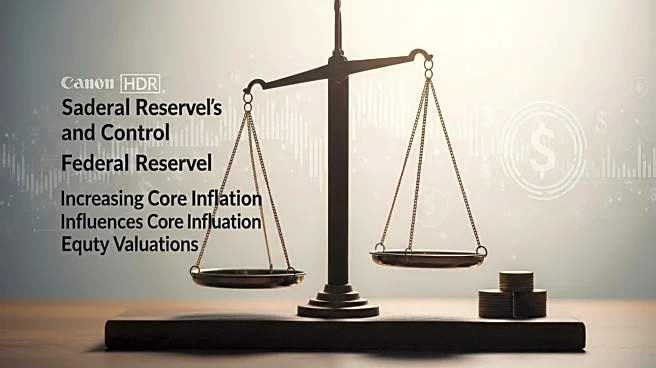What's Happening?
The U.S. jobs market is under scrutiny as Federal Reserve Chair Jerome Powell signals potential interest rate cuts at the upcoming September policy meeting. Powell highlighted the unusual balance in the labor market, marked by a slowdown in both supply and demand for workers, which raises concerns about employment risks. The upcoming week will see several labor market reports, including the August nonfarm payroll report, which economists expect to show a modest increase of 75,000 jobs and a slight rise in the unemployment rate to 4.3%. These reports will be crucial in determining the Fed's decision on interest rates, with some officials suggesting a significant rate cut if the data shows further weakening.
Why It's Important?
The Federal Reserve's potential rate cut is significant for the U.S. economy, as it could influence borrowing costs, consumer spending, and business investments. A rate cut might be seen as a response to cooling labor market conditions, aiming to stimulate economic activity. However, it also reflects concerns about the sustainability of employment growth and inflation dynamics. The decision will impact various stakeholders, including businesses, investors, and consumers, who may benefit from lower interest rates but also face uncertainties regarding economic stability.
What's Next?
The Federal Reserve's decision on interest rates will depend heavily on the upcoming labor market data. If the reports indicate further softening, it could solidify expectations for a rate cut in September. Additionally, the Fed's approach to rate adjustments will be closely watched, as it may signal broader economic strategies for the remainder of the year. Stakeholders, including businesses and investors, will be keenly observing these developments to adjust their strategies accordingly.











